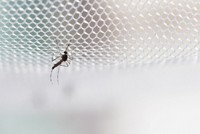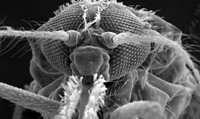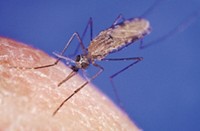Advertisement
Grab your lab coat. Let's get started
Welcome!
Welcome!
Create an account below to get 6 C&EN articles per month, receive newsletters and more - all free.
It seems this is your first time logging in online. Please enter the following information to continue.
As an ACS member you automatically get access to this site. All we need is few more details to create your reading experience.
Not you? Sign in with a different account.
Not you? Sign in with a different account.
ERROR 1
ERROR 1
ERROR 2
ERROR 2
ERROR 2
ERROR 2
ERROR 2
Password and Confirm password must match.
If you have an ACS member number, please enter it here so we can link this account to your membership. (optional)
ERROR 2
ACS values your privacy. By submitting your information, you are gaining access to C&EN and subscribing to our weekly newsletter. We use the information you provide to make your reading experience better, and we will never sell your data to third party members.
Environment
Volatile Odorants Confuse Mosquitoes
Brief exposure to a blend of molecules knocks the insect’s CO2-sensing out of whack, hinting at a possible new control method
by Celia Henry Arnaud
June 6, 2011
| A version of this story appeared in
Volume 89, Issue 23
Brief exposure to a blend of odorant molecules can knock a mosquito’s CO2-sensing neurons out of whack and interfere with the insect’s ability to find its next meal, according to a report (Nature, DOI: 10.1038/nature10081). Female blood-feeding mosquitoes use exhaled CO2 as a sensory cue to find their victims. Compounds that interfere with this sensing system could be a way to reduce disease transmission by diverting mosquitoes. Anandasankar Ray of the University of California, Riverside, and colleagues found that exposure to 2,3-butanedione activates CO2-sensing neurons in three mosquito species—Anopheles gambiae, A. aegypti, and Culex quinquefasciatus. In the cases of A. gambiae and A. aegypti, a one-second pulse is enough to reduce the insect’s response to CO2 for more than five minutes. The researchers found that a cocktail of 2,3-butanedione, 1-hexanol, 1-butanal, and 1-pentanal was effective at even lower concentrations than 2,3-butanedione alone. In a greenhouse experiment in Kenya, exposure to the odor blend reduced the number of C. quinquefasciatus females that entered a hut and were caught in CO2-baited traps.






Join the conversation
Contact the reporter
Submit a Letter to the Editor for publication
Engage with us on Twitter